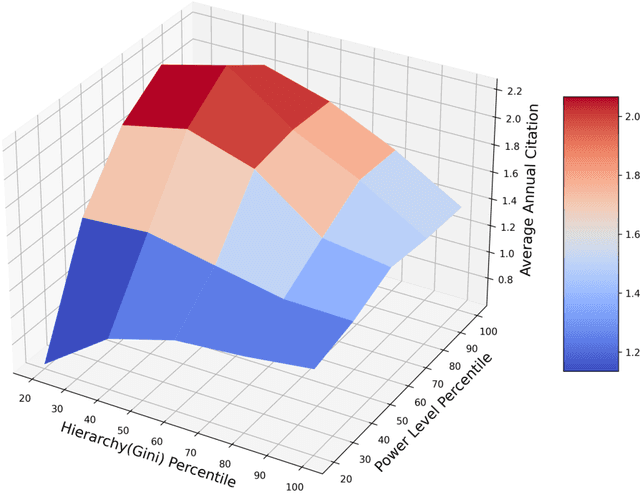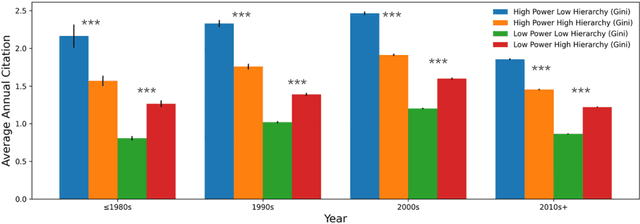Mengyi Sun
CDSD: Chinese Dysarthria Speech Database
Oct 24, 2023



Abstract:We present the Chinese Dysarthria Speech Database (CDSD) as a valuable resource for dysarthria research. This database comprises speech data from 24 participants with dysarthria. Among these participants, one recorded an additional 10 hours of speech data, while each recorded one hour, resulting in 34 hours of speech material. To accommodate participants with varying cognitive levels, our text pool primarily consists of content from the AISHELL-1 dataset and speeches by primary and secondary school students. When participants read these texts, they must use a mobile device or the ZOOM F8n multi-track field recorder to record their speeches. In this paper, we elucidate the data collection and annotation processes and present an approach for establishing a baseline for dysarthric speech recognition. Furthermore, we conducted a speaker-dependent dysarthric speech recognition experiment using an additional 10 hours of speech data from one of our participants. Our research findings indicate that, through extensive data-driven model training, fine-tuning limited quantities of specific individual data yields commendable results in speaker-dependent dysarthric speech recognition. However, we observe significant variations in recognition results among different dysarthric speakers. These insights provide valuable reference points for speaker-dependent dysarthric speech recognition.
Team Power and Hierarchy: Understanding Team Success
Aug 09, 2021



Abstract:Teamwork is cooperative, participative and power sharing. In science of science, few studies have looked at the impact of team collaboration from the perspective of team power and hierarchy. This research examines in depth the relationships between team power and team success in the field of Computer Science (CS) using the DBLP dataset. Team power and hierarchy are measured using academic age and team success is quantified by citation. By analyzing 4,106,995 CS teams, we find that high power teams with flat structure have the best performance. On the contrary, low-power teams with hierarchical structure is a facilitator of team performance. These results are consistent across different time periods and team sizes.
 Add to Chrome
Add to Chrome Add to Firefox
Add to Firefox Add to Edge
Add to Edge